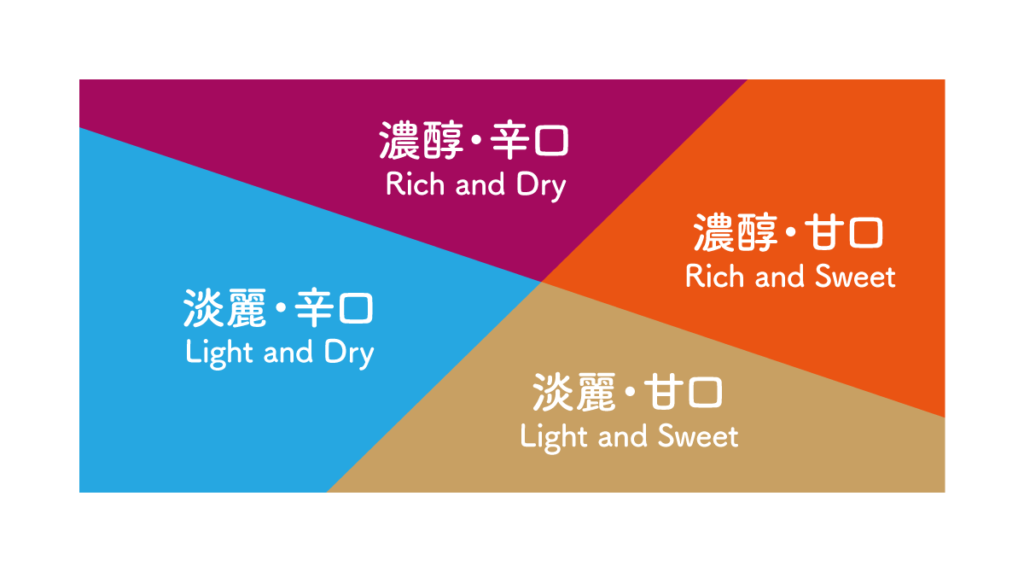Characteristics of sake
When it comes to types of sake, many people think of Daiginjo.
It may indeed not be wrong. But why is Daiginjo so delicious? We will solve such questions.
What is specific name sake?
Daiginjo and Junmai are names given to specific types of sake. There are two types of sake: the raw materials and the way the rice is milled (rice polishing ratio), and these are called special name sake.
Material
Sake is currently made from rice and water, but some types contain brewed alcohol in addition to rice and water.
Rice polishing
For sake, scrape the surface of the rice. The part closer to the core is considered to be better, so the rank will increase depending on how well it is shaved.
Summary of types
There are eight types of specific name sake, from Junmai Daiginjo to Honjozo.
| Name | Material | Brewed alcohol | Rice polishing ratio | Percentage of koji rice used |
|---|---|---|---|---|
| Junmai Daiginjo sake | rice, rice malt | Not included | less than 50% | 15% or more |
| Junmai Ginjo sake | rice, rice malt | Not included | less than 60% | 15% or more |
| Special pure rice sake | rice, rice malt | Not included | less than 60% or special manufacturing method | 15% or more |
| Pure rice sake | rice, rice malt | Not included | 規定なし | 15% or more |
| Daiginjo sake | rice, rice malt | Include | less than 50% | 15% or more |
| Ginjo sake | rice, rice malt | Include | less than 60% | 15% or more |
| Special Honjozo Sake | rice, rice malt | Include | less than 60% or special manufacturing method | 15% or more |
| Honjozo sake | rice, rice malt | Include | less than 70% | 15% or more |
taste and aroma
What kind of taste and characteristics does each type have? I divided them into 4 categories based on the strength of the scent and the depth of the taste!
- Daiginjo and Ginjo have a strong aroma and a light taste.
- Long-term aged sake has a strong aroma and strong taste. Mainly old sake etc.
- Honjozo sake has a low aroma and a light taste.
- Full-bodied junmaishu has a low aroma and strong flavor.
Scent and taste are different to each person’s taste.
“Sweet” and “dry” differ depending on how it is made
Did you know that there are sweet and dry types of sake?
Taste varies from person to person, but in general, high sugar content makes food taste sweet, and high alcohol content makes it taste dry. It is related to the ratio of glucose and alcohol contained in sake.
During the brewing process, sake changes from rice (starch) to glucose to alcohol. The ratio of glucose to alcohol is called “sakedo”. Some sake has the sake content listed on the back label, so be sure to check that when choosing alcohol.
It is written as a minus or a plus, such as “Sakedo -2” or “Sakedo +3”.
A negative notation means that there is little change to alcohol, and a positive notation means that there is a lot. In other words, remember that a minus sign means sweet, and a plus sign means dry.
Depending on how the sake is made, it will be either sweet or dry, so use this as an indicator to find your favorite sake.

Let’s discover the difference in taste at Rokuten
At Rokuten, we always stock sake from all over the country.
Please let the staff know your preferences. Let’s enjoy sake, loincloth, and men at Rokuten!